“The Serpent is universally esteemed a legitimate symbol of Freemasonry.”- Signs and Symbols by 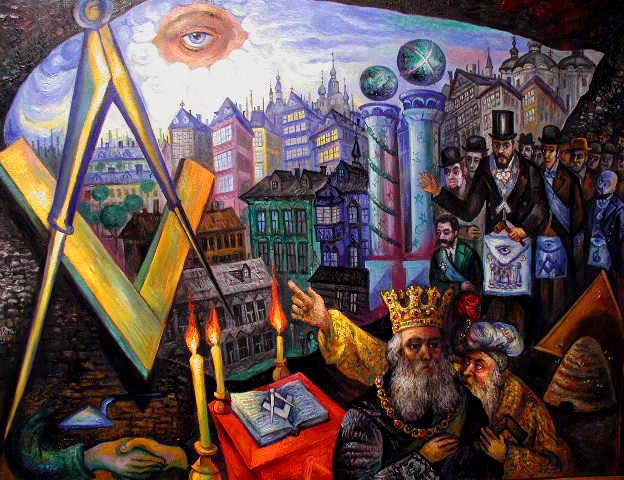 George Oliver
George Oliver
Two of the most esteemed kings in all of Freemasonry were Solomon, King of Israel, and Hiram, the Phoenician king of Tyre who provided masons cedar and gold for the building of Solomon’s Temple. Many of the world’s most prolific Masonic historians have stated that the Freemasons trace their traditions, rituals and heritage to Solomon’s Temple.
King Solomon was one of the greatest magicians who had ever lived. His influence on the magic of Masonry has been written about by authors such as 33rd Degree Mason, Manly P. Hall who had said in his most famous book: The Secret Teachings of all Ages, “According to the Talmudic legends, Solomon understood the mysteries of the Kabbalah. He was also an alchemist and a necromancer, being able to control the daemons, and from them and other inhabitants of the invisible worlds he secured much of his wisdom.”
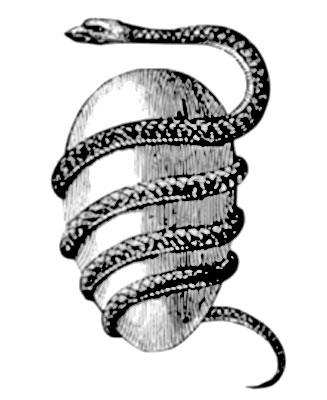 There is an interesting little known story I would like to share with you about King Solomon using one of these inhabitants of the invisible worlds to help him build Solomon’s Temple. In the Hebrew tradition and as it is written in the Torah, we find that ten things were created “on the eve of the Sabbath,” and among which is the Shamir (Shamar). The story relates how Solomon sent his general Benaiah armed with his signet ring of Solomon to the king of demons, Asmodeus, with orders to bring unto him Shamir (the worm).
There is an interesting little known story I would like to share with you about King Solomon using one of these inhabitants of the invisible worlds to help him build Solomon’s Temple. In the Hebrew tradition and as it is written in the Torah, we find that ten things were created “on the eve of the Sabbath,” and among which is the Shamir (Shamar). The story relates how Solomon sent his general Benaiah armed with his signet ring of Solomon to the king of demons, Asmodeus, with orders to bring unto him Shamir (the worm).
The meaning of shamir or shamar in Hebrew is said to mean to keep, preserve, protect, guard and/or watchman. In the etymology of the name we find the meaning of “sha”, “to help and deliver, and “mir”, to change, mutation. The stories about Solomon, the worm Shamir, and its meaning, indicate that there was an ancient magical pact made with the king of demons to use Shamir as a tool that makes no noise to help build Solomon’s world-wide temple that we see today. These worms currently rule the earth as these little kings holds sway over most the hearts, minds and souls of many people living today.
THE LITTLE SERPENT KING OF THE WORLD
I had written before on how the early medieval writers had substituted the words serpent and dragon for the word worm. Meaning that today when we read many of the exoteric words serpent and dragon in relation to ancient biblical text and many mythological stories, what they truly mean esoterically is the worm. The Greeks had called the serpent (worm) the basiliskos, and the Romans, regulus. Names which all signify “kingly or royal.”
The basilisk of the Greeks is of a reddish colour, and its head is a crown. Isidore of Seville defined the basilisk as the king of snakes. The meaning of the name basilisk if from the Greek βασιλίσκος basilískos, “little king,” who is said to be king of serpents and to have the power to cause death when someone looks into its eyes.
In the 17th century, Master Freemason and Rosicrucian, Thomas Vaughn who wrote under the 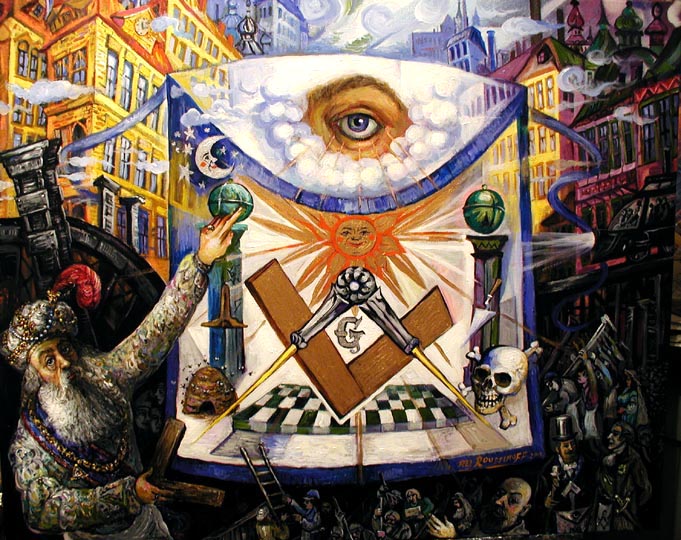 pseudonym, Brother Eugenius Philalethes; In addressing the most honorable Fraternity of the Freemasons of Great Britain and Ireland wrote: “the mightiest and most haughty princes of the earth are but as worms, and that not so much as we are all sons of the same one Eternal Father.”
pseudonym, Brother Eugenius Philalethes; In addressing the most honorable Fraternity of the Freemasons of Great Britain and Ireland wrote: “the mightiest and most haughty princes of the earth are but as worms, and that not so much as we are all sons of the same one Eternal Father.”
The little king, and the mightiest and most haughty princes is in all actuality, is the same worm King Solomon had used to build Solomon’s Temple. An allegorical story of how humans with the help of worms and magic were employed in the building of the temple of man that is this modern man-you-fact-ured world we live in today.
A world where we each choose our role in the grand game of life, in which the Freemasons and various other secret societies would use this same Solomonic magic to operate their fraternities in order to help complete the Great Work of the Temple.
The serpent has been worshipped for millenia in many ancient cultures such as in Asia, Europe, Africa, and America as the symbol of creation, health, death, gnosis, and wisdom. It was considered a god who brought both good and evil to mankind. Philo had said that the letters of the Phoenician alphabet “are those formed by means of serpents; afterward, when they built temples, they assigned them a place in the adytums, instituted various ceremonies and solemnities in honor of them, and adored them as the supreme gods, the rulers of the universe.” The Roman poet Persius said in Latin, “Pinge duos anguea; pueri, sacer est locos.” “Paint two snakes, and the place is sacred.”
33rd Degree Freemason and author, Manly P. Hall had written, “It was these Serpent Kings who founded the Mystery Schools which later appeared as the Egyptian and Brahman Mysteries and other forms of ancient occultism. The serpent was their symbol, for they taught man the use of the creative energy which courses through Nature and his own bodies as a serpentine line of force. They were the true Sons of Light, and from them have descended a long line of adepts and initiates duly tried and proven according to the law. These have kept alight the divine truths through many generations of ignorance and thoughtlessness.”
In the Celtic Druids, Sir Godfrey Higgins had said, “The notion of the Gnostics, above mentioned, probably originated in the tradition which ascribed superior wisdom to that reptile. “Be ye wise as serpents,” etc., was the injunction of Christ to his disciples.The principal hero-gods; Osiris, Taautus, Fohi, Buddha, Cadmus, Quetzalcoatl, Ku Kulcan, each possessed the serpent emblem. according to a Hindu legend, Buddha himself had a serpent-lineage.”
Hall had written in What the Ancient Wisdom Expects of Its Disciples about these Masonic Serpent Kings such as Solomon and Hiram who founded the Gnostic Mystery Schools, which later appeared as the Egyptian and Brahman Mysteries and other forms of ancient occultism.
The serpent was their symbol, for they taught man the use of the creative energy which courses through Nature and his own bodies as a serpentine line of force. They were the true Sons of Light, and from them have descended a long line of adepts and initiates duly tried and proven according to the law. These have kept alight the divine truths through many generations of ignorance and thoughtlessness.”
It is the brazen serpent set up by Moses in the wilderness, and had incense burned to it all the days of Samuel, David, and Solomon. In the ritual of Zoroaster, not only were serpents esteemed the first of gods and the superintendents of the world, but the great expanse of heaven and even nature itself were described under the symbol of a serpent.
The Phoenicians were said to have went to the Holy Island of Crete from Egypt with their Prince, Prince Cadmus (Kadmus or Kadman) who was said to sow Dragon’s teeth in the ground which then produced soldiers. Cadmus’ Soldiers were known as the Hivites, a name meaning serpents, and they are said to be changed into Serpents. They are also known by many as the Nephilim, Sons of Jupiter, Ophites, Hivites, Levites, descendants of Cadmus, the Sparti (the sown men or Spartans), a Boeotian aristocracy from the Peloponnese region of Greece that were also called the Pelopids, and their capital was in Thebes.
Helena Petrovna Blavatsky had written about the sons of the serpent; “Whence the Hivites who, according to some Roman Catholic commentators, descend from Heth, son of Canaan, son of Ham, “the accursed.”
This is why we find the serpent in the scriptures under Genesis. The meaning of genesis is the origin or mode of formation of something. It was from the serpent that man and woman was created, but it is also the adversary named Samael. Manly P. Hall had written in How to Understand Your Bible, “In the 3rd chapter of Genesis the adversary is Samael, the Serpent, and like Mephistopholes it is “a spirit of negation; part of the power that still works for good while ever scheming ill.”
The meaning of the name Samael in Hebrew is, Sam – Sun child; bright sun, and the name Ael or El which signifies God. Samael is the sun child of God. In the Old Testament, Samael(also Sammael or Samil) is an important archangel in Talmudic and post-Talmudic lore, a figure who is accuser, seducer and destroyer, and has been regarded as both good and evil. It is said that he was the guardian angel of Esau and a patron of the Roman empire.
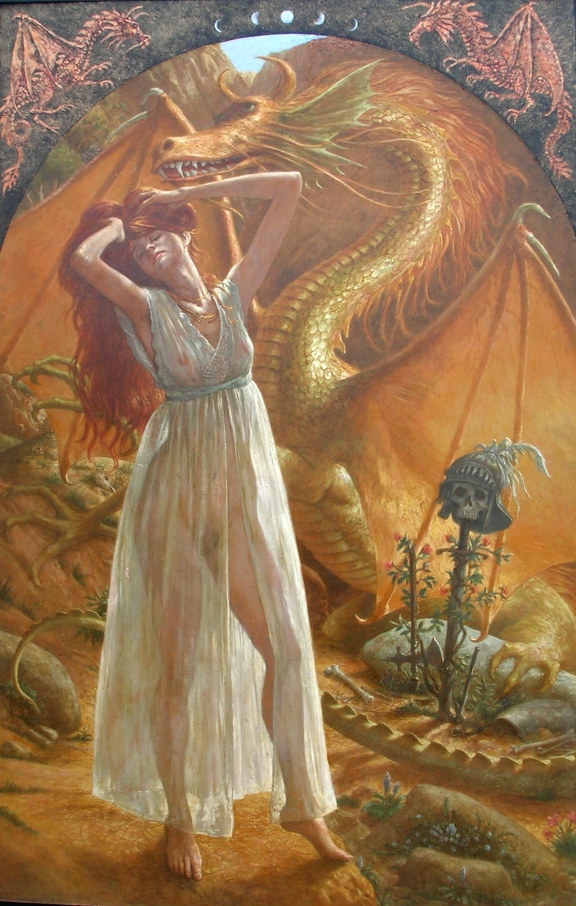 We find the serpent in the garden with Adam, a name meaning red man, and the Hebrew name Evia (Eve) which signifies a female serpent. Manly Hall had written in The Secret Teachings of All Ages, “The serpent is the symbol and prototype of the Universal Savior, who redeems the worlds by giving creation the knowledge of itself and the realization of good and evil.”
We find the serpent in the garden with Adam, a name meaning red man, and the Hebrew name Evia (Eve) which signifies a female serpent. Manly Hall had written in The Secret Teachings of All Ages, “The serpent is the symbol and prototype of the Universal Savior, who redeems the worlds by giving creation the knowledge of itself and the realization of good and evil.”
33 Degree Mason of the Scottish Rite, Albert Pike had said, “The serpent entwined around the egg, was a symbol common to the Indians, the Egyptians, and the Druids. It referred to the creation of the Universe.” Another Masonic author, George Oliver, also noted Freemasonry’s connection with the Druids. “The Druids had a high veneration for the Serpent. Their great god, Hu, was typified by that reptile; and he is represented by the Bards as “the wonderful chief Dragon, the sovereign of heaven.”
There we have it. The mightiest and most haughty princes are ruled by the little Masonic Serpent king of the world. As an American Jewish poet once had written;
The shamir, made by God on the sixth morn,
No longer than a grain of barley corn
But stronger than the bull of Bashan and so hard…

Moe is the founder of GnosticWarrior.com. He is a father, husband, author, martial arts black belt, and an expert in Gnosticism, the occult, and esotericism.

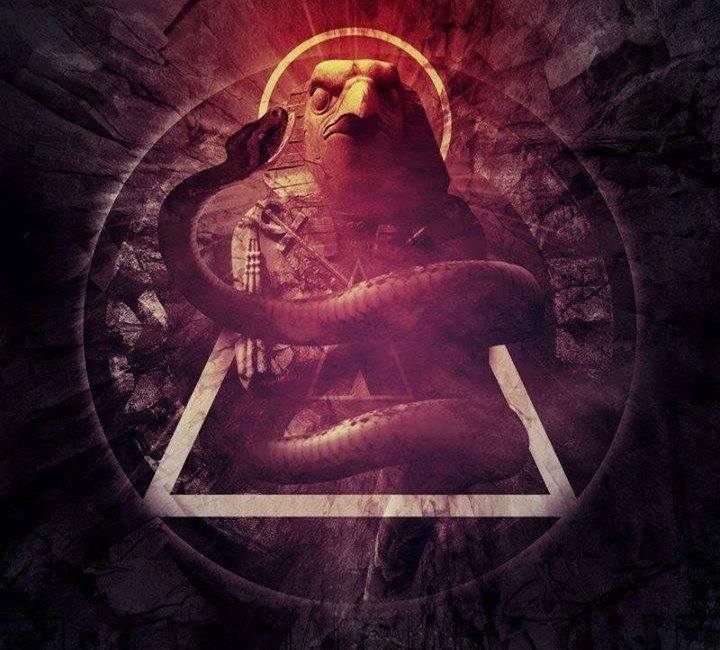
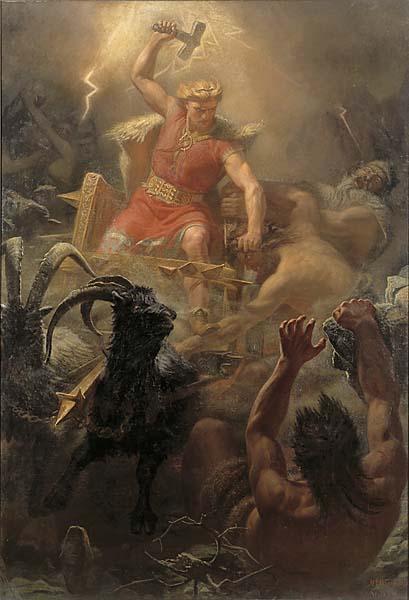
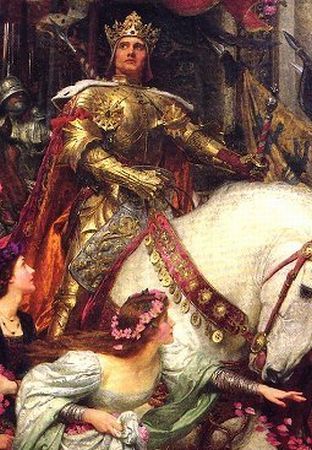
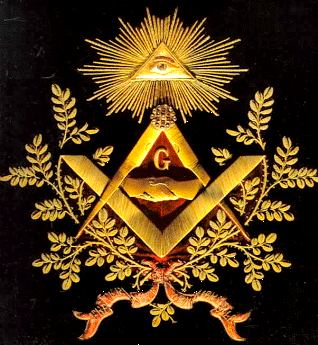
![Of the death of the Kings Egfrid and Hiothere [684-685 A. D.] | Book 4 | Chapter 26 Of the death of the Kings Egfrid and Hiothere [684-685 A. D.] | Book 4 | Chapter 26](https://www.gnosticwarrior.com/wp-content/plugins/contextual-related-posts/default.png)
‘Solomon sent his general Benaiah armed with his signet ring of Solomon to the king of demons, Asmodeus, with orders to bring unto him Shamir (the worm).’ does this mean the worm was delivered to the king of demons or to solomon.?
I would LOVE to talk to you about this. Apparently I have some connection to solomons wife from Songs. I have actually relived some of that stuff, even a bracelet showed up at my house and stuff of my grandpas I didn’t know existed.
How to become a serpent
how do i share via email? re: print colour doesn’t show up